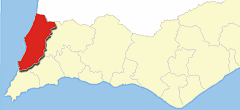|
Tourism |
|
| Portugal > Tourism > Algarve > Aljezur | |
| History | Beaches | Water Sports | Sightseeing | Lodging Algarve | |
|
The boundaries of Aljezur municipality mark out a broad rectangle
delimited by the sea and the hills, and its landscapes reflect this
dual influence. Time spent in Aljezur municipality is thus an opportunity to rediscover peace and tranquility, to experience a silence broken only by singing birds or the crash of waves on the rocks and to savour the beauty of verdant fields, gentle slopes swathed in wild flowers and majestic cliffs with the pounding sea as backdrop. |
|
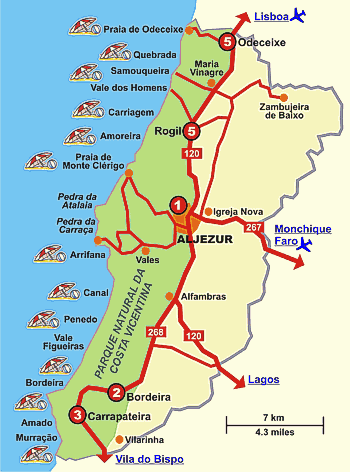 |
  |
| History |
|
Archaeological sites confirm man's presence in the area since prehistoric times, most notably for a period around 4,000 BC. (the so-called "mirense" period) and during the Bronze Age. The Romans too have left traces of their culture. Moorish rule lasted for six centuries and ended with the Christian reconquest of Aljezur (in around 1250). The town received its first charter during the reign of King Dinis, in 1280. For hundreds of years agriculture was the regions main economic activity and its produce was at one stage shipped to market via the port on the Aljezur creek. When silting made the creek impracticable the road running down from the north to Lagos was used. The earthquake of 1755 caused a great deal of damage to the town and led to the construction of a new settlement across from Aljezur called Igreja Nova. This was built at the initiative of Francisco Gomes de Avelar bishop of the Algarve, as a means of encouraging the population not to leave the town and move elsewhere. Aljezur, after remaining largely untouched by the 19th and early 20th centuries, is now sharing in the social and economic renewal of the Algarve. |
| Beaches |
|
The sea has carved tall cliffs from the schist hills along the coast where birds nest and wild flowers grow. Here and there in bays that face the sun and the ocean, are long beaches of dark sand. |
|
Odeceixe - has a long beach, cut in two by
the mouth of the Ceixe creek. The resort is calm and family oriented
with facilities for visitors. There are impressive views of the sea
from the Miradouro da Ponta Branca.
Quebrada - is a narrow beach squeezed between the sea and the cliffs. Little visited. Samouqueira, Vale dos Homens & Carreagem - Quiet, little frequented beaches. Amoreira & Monte Clérigo - these two beaches lie next to each other, separated by rocks. There are facilities for visitors. The coast is punctuated by fascinating rock formations, ending at Ponta da Atalaia, which means Lookout Point. Arrifana - a long stretch of sand sheltered by cliffs with a picturesque fishing port. Arrifana is linked to the historical figure of the Moorish prince and poet Ibn Caci (12th century) who lived here as a recluse. There are ruins of an old fort (17th century) built to defend the tuna fishermen and their gear. At the end of the cliffs Pedra da Agulha (literally Needle Rock) rises majestically from the sea. Penedo, Vale Figueira & Canal - beaches of great beauty that see few visitors. Bordeira & Amado - long beaches In Bordeira stand the ruins of a former defensive fort built to repel pirate attacks (17th century). Near to Amado the so-called Pedra do Cavaleiro (Knight's Rock) stands amid the waves Between the two beaches lies the rock formation of Pontal, surrounded bays and high cliffs. |
|
  |
| Water Sports |
|
Fishing - the hole of the coast of Aljezur municipality is
a paradise for sports anglers who dream of landing big fish. The waters
here teem with sea bass, dory, conger eels, snook, sea bream and many
other species of fish, all waiting to provide subject matter for tall
tales told at nightfall, among friends, over a glass or two of local
wine. Baia dos Tiros, Samouqueira, Esteveira, Vale dos Homens, Carriagem,
Pipa, Fonte Santa, Atalaia, Canal, Vale Figueiras, Bordeira, Pontal
and Amado are among the most famous fishing grounds. |
|
 |
| Sightseeing |
|
Castle - erected on a hill overlooking the creek that
has been inhabited by man since the Iron Age, the castle served to
control the river port that provided a link with the sea and to defend
the population from enemy attack. Built during the period of Arab
rule (10th century) it consists of a broad courtyard surrounded by
high ramparts reinforced by two towers, one round and the other square.
It was badly damaged by the earthquake of 1755. Inside there is a
cube shaped cistern covered by a vault. Its walls afford panoramic
vies of the surrounding countryside. |
|
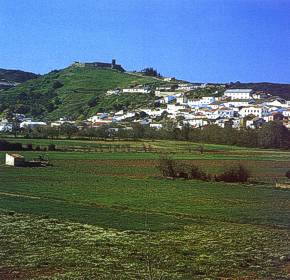 |
|
Main Church - built at the end of the
18th century, this church served as the nucleus of the Igreja Nova
quarter. Its interior is composed of three naves, with an imposing
main altar. It boasts a fine statue of Nossa Senhora da Alva (Our
Lady of Daybreak) (18th century) flanked by two 17th century statues,
probably taken from the former main church, which was destroyed in
1755. The side chapels contain 17th/18th century retables taken from
the former monastery of Nossa Senhora do Desterio (Our Lady of the
Exile), in Monchique. |
|
|
| Costa Vicentina Natural Park The Costa Vicentina natural Park extends from Odeceixe to Burgau, a broad sweep that takes in approximately 80 km of coastline. It offers an opportunity to appreciate, in their natural habitat, almost a hundred plants which have adapted to life in an atmosphere laden with salt and scorched by the sun, and thrive in environments ranging front the soft sand of dunes to the rocky fissures and poor soils of limestone and schist areas. For lovers of wildflowers, this is a paradise. The region is no less rich in animal life, in addition to foxes, wild boars, badgers, wild cats and rabbits, birds are the great attraction of the Costa Vicentina. More than twenty species inhabit the creeks and wetland areas; including herons, storks, kingfishers and water hens. The crags of the coast are home to ravens, rock doves, pigeons, gulls, magpies and many others. Birds of prey, such as eagles, falcons, sparrow hawks and owls share the skies with more than thirty other bird species, such as blackbirds, nightingales and finches. |
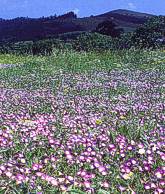 |
|
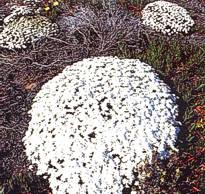 |
|
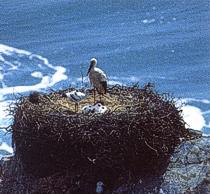 |
| History | Beaches | Water Sports | Sightseeing | Lodging Algarve | |
| Portugal > Tourism > Algarve > Aljezur | |
|
Aljezur |
|
